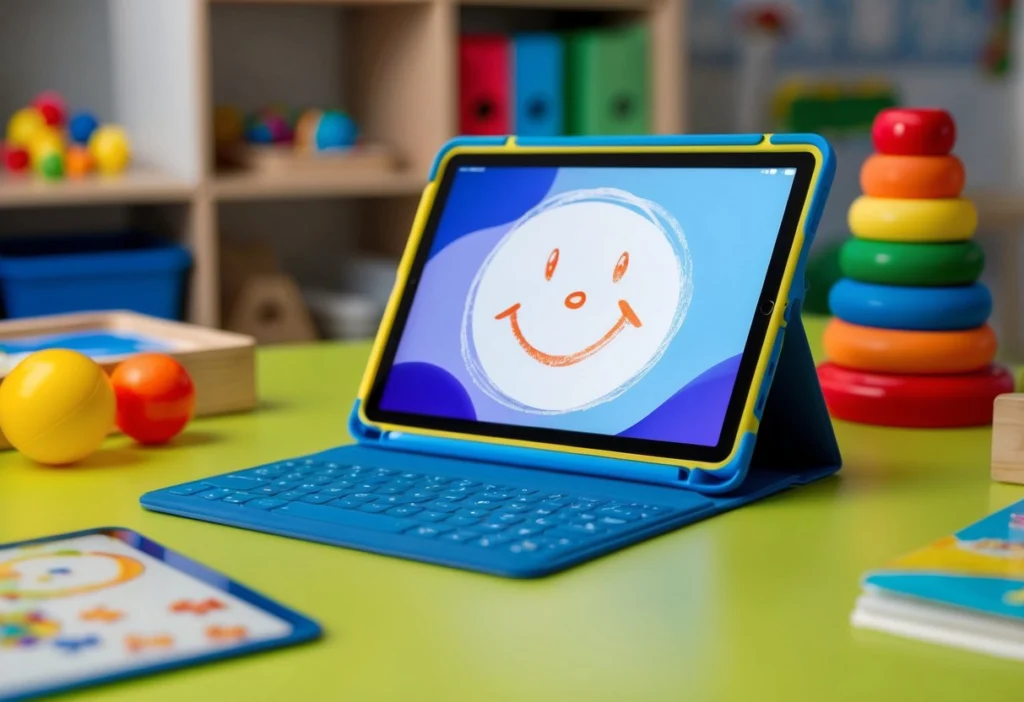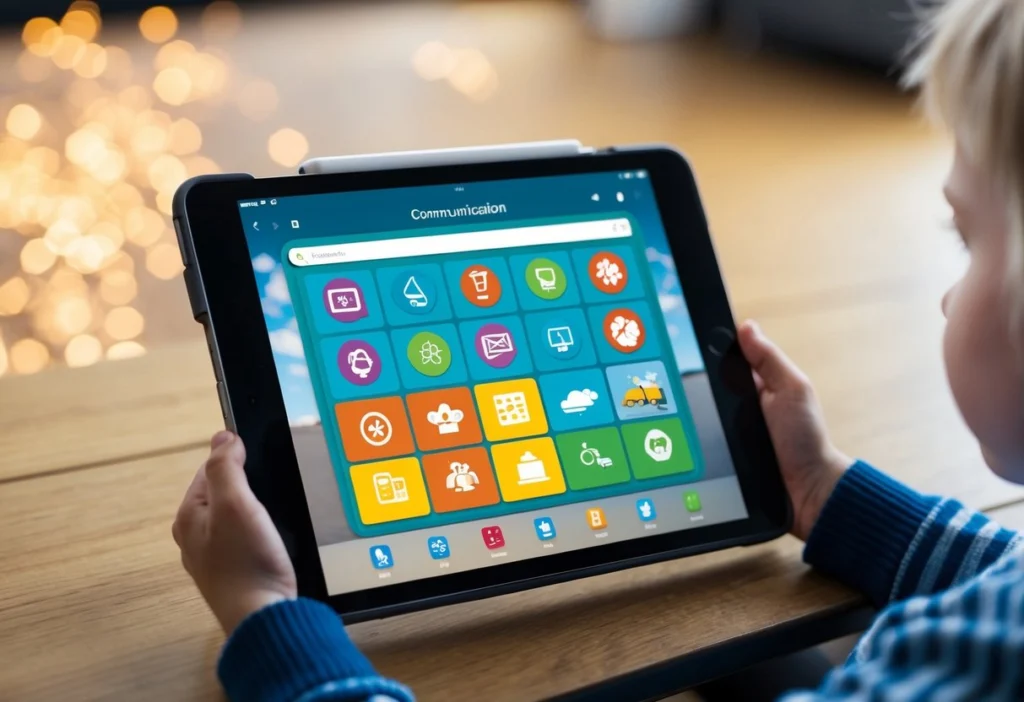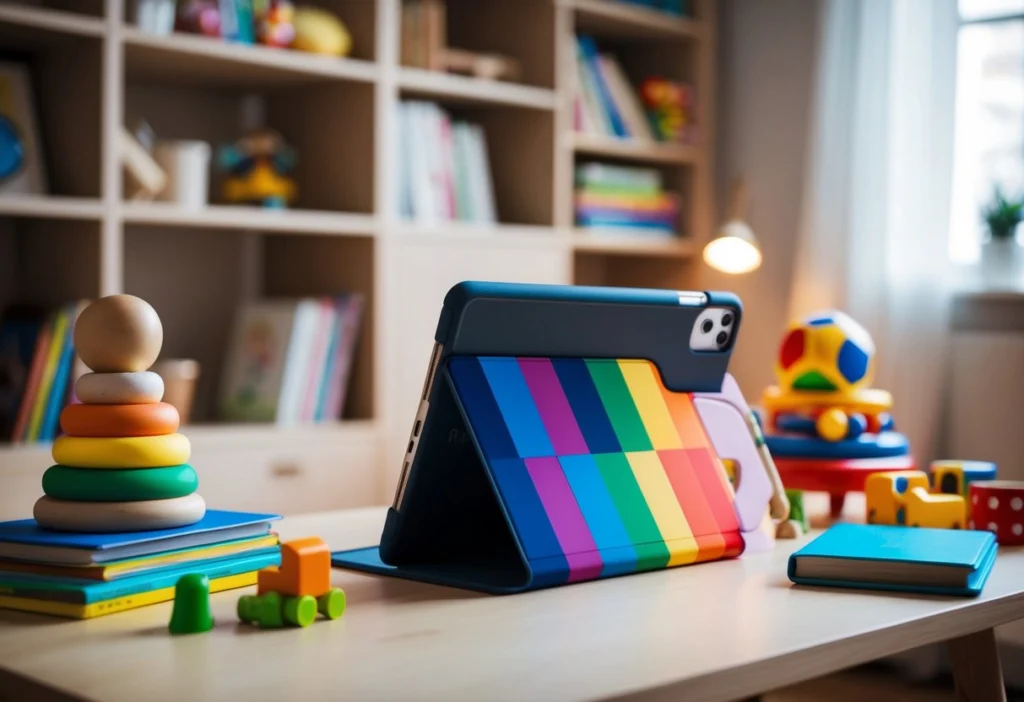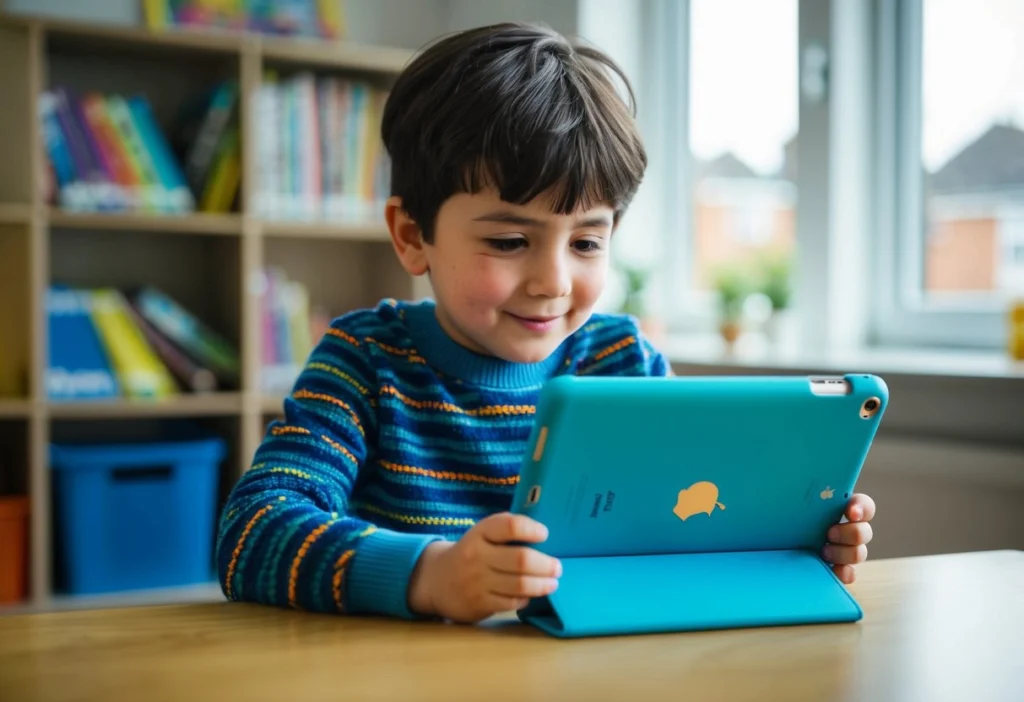Many families in the UK seek ways to support their autistic children through technology. There are several programs available that provide free iPads specifically to children with autism. These devices can be incredibly helpful as they often serve as valuable tools for communication, learning, and play, making a significant difference in a child’s daily life.
Assistive technology, like an iPad, offers numerous apps designed for children on the autism spectrum. These tools can aid in developing social skills, communication, and even relaxation techniques. Organizations such as The Family Fund help families gain access to these resources by offering grants that cover the costs associated with acquiring tablets.
By utilizing these available resources, families can enhance their child’s learning experience and foster greater independence. Finding the right support is essential, and accessing a free iPad could be a crucial step in providing the necessary tools for success.
Understanding Autism and Technology

Technology plays a vital role in supporting autistic children. Assistive devices, particularly tablets like iPads, offer unique solutions that enhance communication and learning. These tools can be beneficial in therapy and education, helping to meet the specific needs of autistic individuals.
The Role of Assistive Devices for Autistic Children
Assistive devices can significantly improve the quality of life for autistic children. They help address challenges related to communication, learning, and social interaction.
Types of Assistive Devices:
- Tablets: iPads are popular due to their user-friendly interface and vast range of apps.
- Communication Apps: These apps aid in verbal expression, allowing children to communicate effectively.
- Educational Apps: Tailored apps provide interactive learning experiences that enhance understanding and retention.
Studies show that using these devices can lead to improvements in communication skills and social awareness. Programs offering tablet grants, such as those from the Family Fund, provide crucial support for families seeking these resources.
Benefits of iPads in Autism Therapy
iPads serve as a valuable tool in autism therapy. Their portability and ease of use make them accessible for various settings, including home and therapy sessions.
Key Benefits:
- Interactive Learning: Children can engage with educational apps, making learning enjoyable and effective.
- Visual Communication: Many autistic children are visual learners. iPads provide visual support that can improve comprehension.
- Customization: Therapists can personalize apps to fit individual needs, creating a tailored therapeutic experience.
Research indicates that consistent use of iPads in therapy can improve behavioral outcomes and increase engagement. This technology fosters more effective communication strategies, ultimately benefiting the child’s development.
How iPads Support Communication for Autistic Children

iPads are powerful tools for enhancing communication among autistic children. They offer various apps and features that cater to both verbal and non-verbal communication needs, making them valuable resources for families and therapists.
Enhancing Verbal Communication with Apps
Apps designed for speech development are very helpful for children with autism. One such app is Proloquo2Go, which allows users to create sentences using symbols and images. This approach helps children express their thoughts more effectively.
These apps often include voice output, so children can hear phrases they select. This not only aids in communication but also helps improve pronunciation and word recognition. Children can practice with regular use, making verbal interactions smoother over time.
Therapists and speech therapists frequently recommend these communication devices. They provide personalized support, allowing children to join conversations and express their feelings more confidently.

Non-Verbal Communication and Accessibility Features
Many autistic children face challenges with non-verbal communication. iPads come equipped with several accessibility features that make it easier for them to communicate effectively.
For instance, features like AssistiveTouch and VoiceOver help children interact with the device without needing complex gestures. This can be particularly useful for those who may struggle with fine motor skills.
Additionally, users can utilize image-based communication systems that allow them to select pictures representing their needs or feelings. This empowers children to share ideas and emotions visually. Such options can significantly improve their interactions with family and caregivers, promoting greater understanding and connection.
Finding Free iPads: Grants and Charities

There are several organizations and charities in the UK that help families acquire free iPads for children with autism. These grants and charities each have specific criteria and application processes, which can greatly assist families in need.
National and Local Charities Offering Support
Many national and local charities focus on helping children with autism by providing much-needed technology. For instance, Danny’s Wish Foundation offers free iPads to nonverbal children with autism, ensuring they can communicate better.
ASDF runs the iPad for Kids Program, which allows families to apply monthly for an iPad. The Family Fund provides grants for various resources, including tablets, based on financial needs.
Another organization, The Communication Trust, focuses on communication needs and may offer grants supporting technology for communication support. The National Autistic Society also helps families find suitable resources and grants for autistic children. Local charities within specific communities may also provide similar support.
Understanding the Criteria for Tablet Grants
Each organization has its own criteria for applicants. Generally, most require that the child has a diagnosis of autism. Some may consider financial circumstances, while others may prioritize nonverbal children.
For example, Danny’s Wish Foundation specifically targets nonverbal children, which means those who are able to communicate verbally may not qualify. The ASDF program allows families to apply each month, but it does not guarantee an iPad due to funding limitations.
Families should prepare documentation, such as a diagnosis letter, and state their specific needs. It is crucial to check individual charity websites for detailed eligibility requirements. This research ensures that applications align with each charity’s specific goals and requirements.
The Process of Obtaining an iPad for Your Child

Securing a free iPad for a child with autism can significantly enhance their communication and learning. Families need to navigate the application process and know what steps to take after receiving the device.
Application Tips for Successful Requests
To enhance the chances of receiving an iPad, families should prepare an effective application. Begin by gathering necessary documentation that shows the child’s need. This includes statements from professionals like speech therapists and pediatricians who can attest to the child’s learning disabilities or communication challenges.
Clearly outline how the iPad will help the child, particularly in improving communication skills. It is crucial to use precise language when describing the child’s needs. Families may also consider showing how the iPad can participate in their child’s education or therapy.
Each application form should be completed thoroughly. Double-check all information before submission to avoid delays. Support from local charities or organizations that focus on special needs can be beneficial. They may provide guidance and help improve the application’s strength.
What to Do After Receiving an iPad
Once the iPad arrives, families should set it up to meet the child’s unique needs. Start by installing communication apps recommended for children with autism. Many programs help develop speech and social skills, which are vital for learning disabilities.
Customize the iPad settings for easier use. This can include adjusting display options for better visibility or setting parental controls to protect the child while exploring apps. Encourage the child to interact with the device regularly, enhancing their comfort and skills.
It is also essential to monitor the child’s usage. Take note of which apps work best for communication improvement. Regular updates and feedback from teachers or therapists can guide future use effectively, ensuring the iPad serves its educational purpose.
Integrating iPads into Everyday Learning

Using iPads can greatly enhance learning for children with autism. These devices provide tools that support communication, learning, and daily activities. Both educational and therapeutic apps have a significant role in this process, and proper setup for use in different environments is essential.
Selecting Educational and Therapeutic Apps
Choosing the right apps is crucial for maximizing benefits. Many apps cater to specific learning needs. Educational apps focus on skills like reading, math, and social interaction. Therapeutic apps often target communication and behavior.
Popular categories include:
- Communication Apps: These help children express themselves. Examples include TouchChat or Proloquo2Go.
- Learning Apps: Tools like Endless Alphabet and Starfall make learning fun.
- Behavioral Apps: Apps like Social Adventures address social skills.
Consulting with therapists can help identify the best options tailored to individual needs.
Setting Up for Home and School Use
Setting up the iPad for consistent use at home and in school is vital. This ensures that children can easily access the tools they need.
Here are some tips:
- Create a Routine: Schedule specific times for using the iPad to build familiarity.
- Set Up Accessibility Features: Use options like VoiceOver and Guided Access to tailor the device for the child’s needs.
- Monitor Usage: Track which apps are most effective and adjust as needed for better outcomes.
Involving teachers and therapists in this process creates a supportive learning environment. This teamwork enhances the child’s growth by integrating technology meaningfully into their daily experiences.
